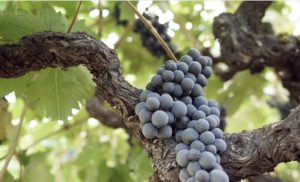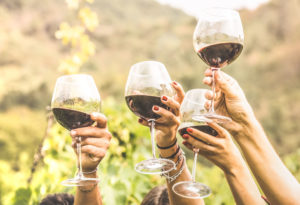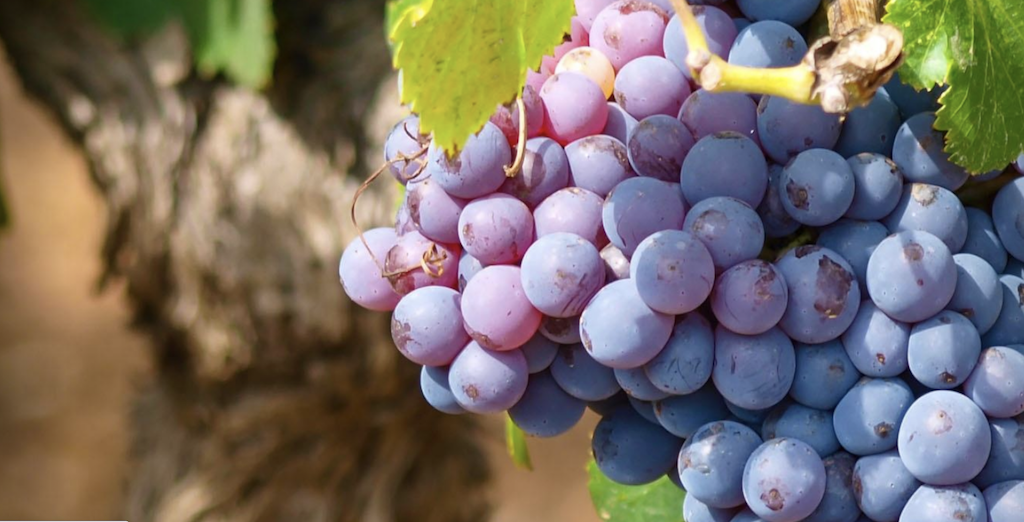Walk through a California vineyard planted before the 1960s, and you’ll sense it immediately: gnarled trunks, weather-worn arms stretching like sculptures, roots sunk deep into the earth. These are old vines—living history in agriculture. With Zinfandel, no grape wears age more gracefully.
As Allen R. Balik writes in The Wine Exchange, “We often hear the expression ‘Old Vine’ and see it printed primarily on Zinfandel labels. But has anyone officially defined what that means? Not really. In the U.S., there is no legal definition for Old Vine on the label as there is for many other statements of quality and heritage.”
But here’s the truth: definitions matter less than what these vineyards represent. Old vines are cultural touchstones, survivors of Prohibition, phylloxera, and shifting tastes. They remain, rooted in California soil, as living proof of resilience and authenticity.
Why Old Vines Matter
Old vines don’t yield much fruit, but what they do produce is magical. Winemaker Mitch Cosentino puts it simply:
“With old vines, the flavors and aromatics become more intense and exotic leading to wines of greater character and layered complexity than those produced from younger vines.”
Joel Peterson, often hailed as the “King of Zin,” adds depth:
“Old vines are not just about longevity but are an indication of vines totally in sync with their definitive terroir. They intuitively know their site and are more consistently expressive in the flavor of place.”
Less fruit, but more depth, nuance, and story in every glass—Zinfandel’s old vines show us what time can do in the vineyard.
A Global Perspective
Zinfandel’s story is part of a global conversation about the meaning and value of old vines. In Portugal, Vinhas Velhas—“Old Vines”—are celebrated for their diversity and age, with vineyards often 80–100 years old. Renowned winemaker Francisca van Zeller has called them “Chaos Vineyards” in admiration of their complexity.
As Inez Salpico of Decanter reflects, “The common thread and foremost conclusion beyond taste…is that attention paid to older vines is fundamentally about social, economic and cultural responsibility.”
This spirit of stewardship will be at the heart of The Old Vine Conference, October 31–November 4, 2025, when ZAP and international partners convene in California to explore how old vines connect heritage, sustainability, and the future of wine.
Old Vines, Young Hearts
Can these venerable vines charm younger drinkers? Kathleen Willcox tackles this in Wine-Searcher:
“As the wine industry…wrings its aging brain over the increasing lack of interest young people have in wine, there are solutions, many argue, hiding in plain sight.”
Her full article, Engaging Zinfandel’s Youth Appeal, dives into how Zinfandel speaks to younger generations.
Stephen Boyce of Grgich Hills reflects:
“We’ve found that Zinfandel is a grape that can connect with younger consumers… using social media to share our and Zinfandel’s history, and sharing our commitment to organic and regenerative farming will definitely be big components.”
Zinfandel’s story—ancient heritage, Gold Rush roots, resilience through Prohibition, climate adaptability—checks the boxes younger drinkers care about: sustainability, story, and authenticity.
Zin for Every Mood

Think Zin is just bold, alcoholic bombs? Think again. Willcox reminds:
“If you want a bombastic, lush Zin to pair with their 72-ounce steak, that can be arranged. But if you have your local vegan Thai joint on speed dial… you’re also in luck.”
Winemakers from Ridge to Rombauer are crafting balanced Zins, with freshness, structure, and lower alcohol. Techniques like neutral oak and concrete aging help Zinfandel express elegance alongside power.
The Path Forward
For more than 35 years, Zinfandel Advocates & Producers (ZAP) has championed America’s Heritage Grape. As Balik notes, “ZAP…has elevated Zinfandel’s cultural significance while honoring the growers and winemakers who safeguard these living legacies.”
That mission continues today through education, storytelling, and partnerships. With global collaborations like the upcoming Old Vine Conference, ZAP is working to ensure that these vineyards are not only honored but also sustained for generations to come.
And the celebration doesn’t stop there—mark your calendar for ZinEX 2026 – January 29–31, where ZAP will toast 35 years of championing Zinfandel with an unforgettable weekend of tastings, dinners, and community.
A Living Legacy
Winemaker Aaron Pott captures it beautifully:
“What makes old vines great is that they are balanced! The amount of fruit they produce is ideal for their ability to properly ripen in varying conditions…”
Old vines know who they are, and that’s a lesson—for vineyards and for us.
Raise a glass of old-vine Zinfandel. You’re tasting resilience, history, terroir, and a heritage still unfolding.
Sources & Further Reading
- Allen R. Balik, : “The Captivating Appeal of Old Vines”
- Kathleen Willcox, Wine-Searcher: “Engaging Zinfandel’s Youth Appeal”
